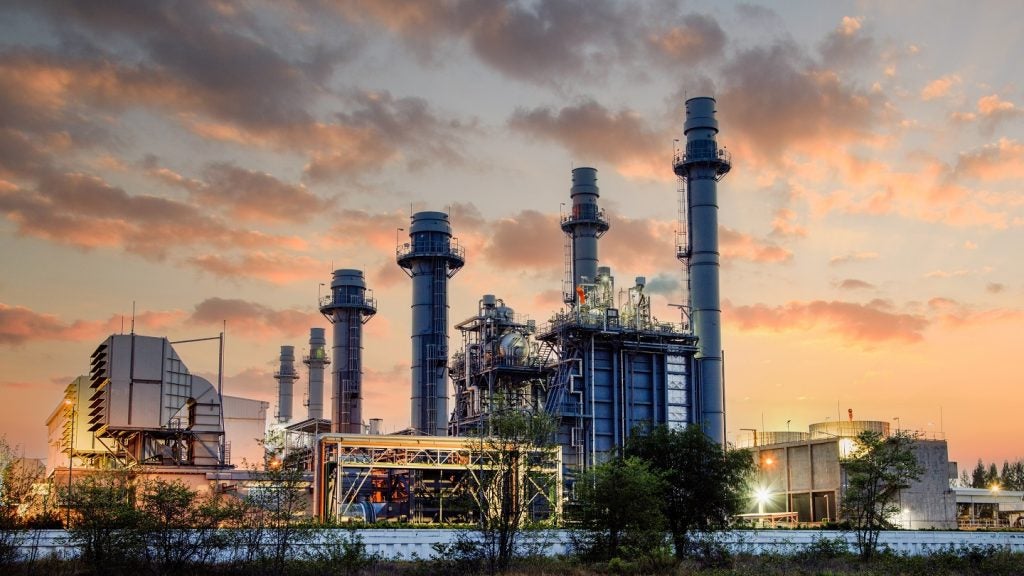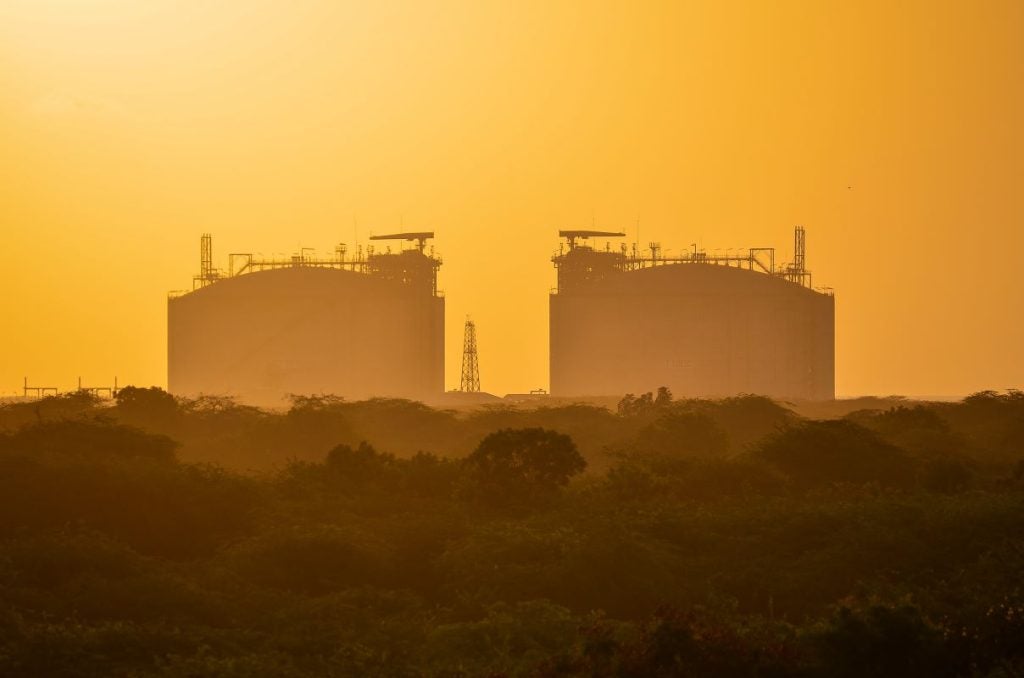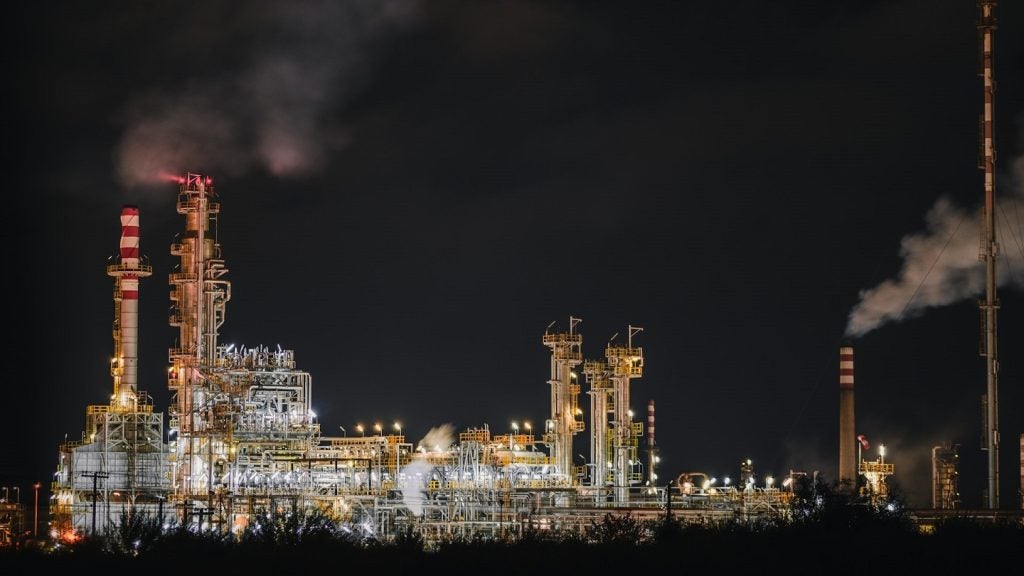
Australian exploration and production company Woodside and the Australian Space Agency have announced that they will collaborate to promote technology transfer between the space sector and the oil and gas sector.
The organisations have agreed to highlight areas of potential research, development and commercial outcomes for Australia’s space industry and enhance the competitiveness and capability of wider Australian industry.
The statement of strategic intent and co-operation was signed in Perth by Woodside technology vice president Jason Crusan and Australian Space Agency head Dr Megan Clark AC.
Australia’s minister for industry, science and technology Karen Andrews said: “The Australian Space Agency’s purpose is to transform and grow a globally respected Australian space industry that lifts the broader economy and inspires and improves the lives of all Australians.
“This is underpinned by strong international and national engagement that provides opportunities for research and development, capability training and technology transfer between the space sector and other industrial sectors.
“Woodside is currently expanding its capabilities in remote operations and technologies. Once commercialised, these technologies will not only have the capability to be deployed across different industry sectors but also utilised on earth, in space and on lunar and Mars missions.”
How well do you really know your competitors?
Access the most comprehensive Company Profiles on the market, powered by GlobalData. Save hours of research. Gain competitive edge.

Thank you!
Your download email will arrive shortly
Not ready to buy yet? Download a free sample
We are confident about the unique quality of our Company Profiles. However, we want you to make the most beneficial decision for your business, so we offer a free sample that you can download by submitting the below form
By GlobalDataAndrews added that the goal for the Australian space industry is to triple in size to $8.6bn (A$12bn) a year and create up to 20,000 new jobs by 2030.
Woodside CEO Peter Coleman said: “By looking outside our industry to the Australian Space Agency, we can accelerate the development of technologies that allow us to safely and efficiently manage assets in remote and harsh environments.
“This initiative will build on Woodside’s work in remote sensors and data analytics, as well as our ongoing collaboration in robotics with the US National Aeronautics and Space Administration.
“Signing this letter with the Australian Space Agency complements our ongoing engagement with governments, other LNG operators and the tertiary sector to create Australian jobs of the future in remote operating and automation capabilities.
“We want to ensure the Australian workforce is ready to leverage the opportunities these new technologies can bring – not only to the oil and gas sector but to the community and the economy more broadly.”







